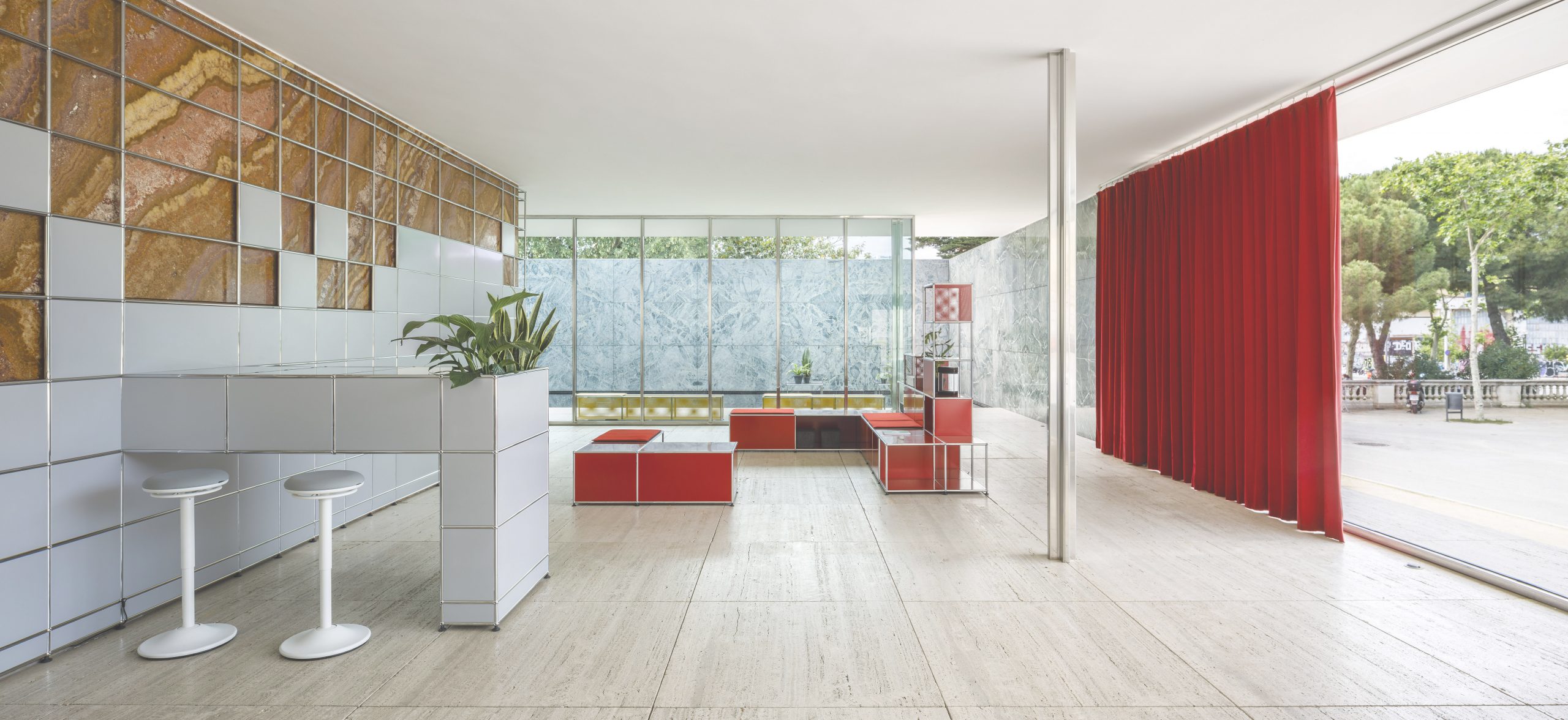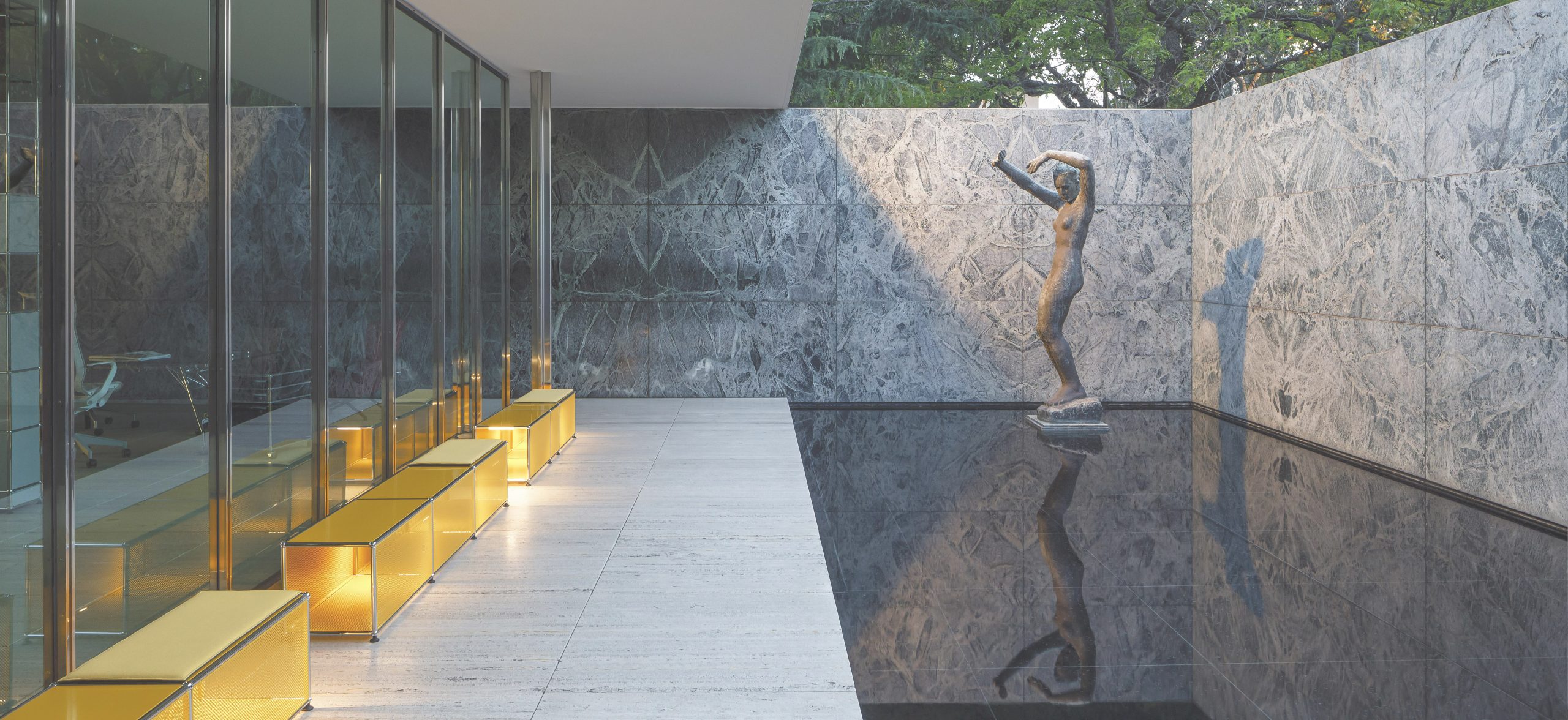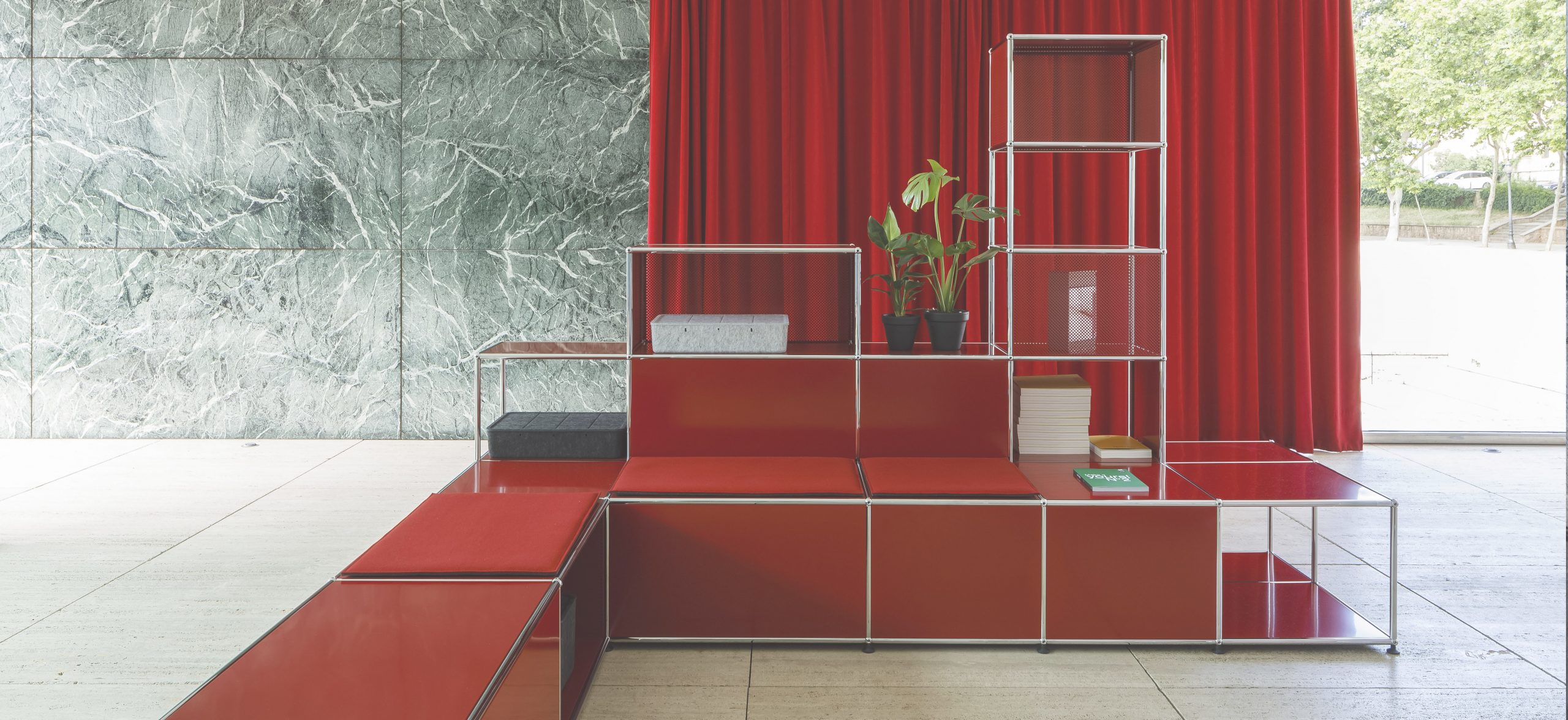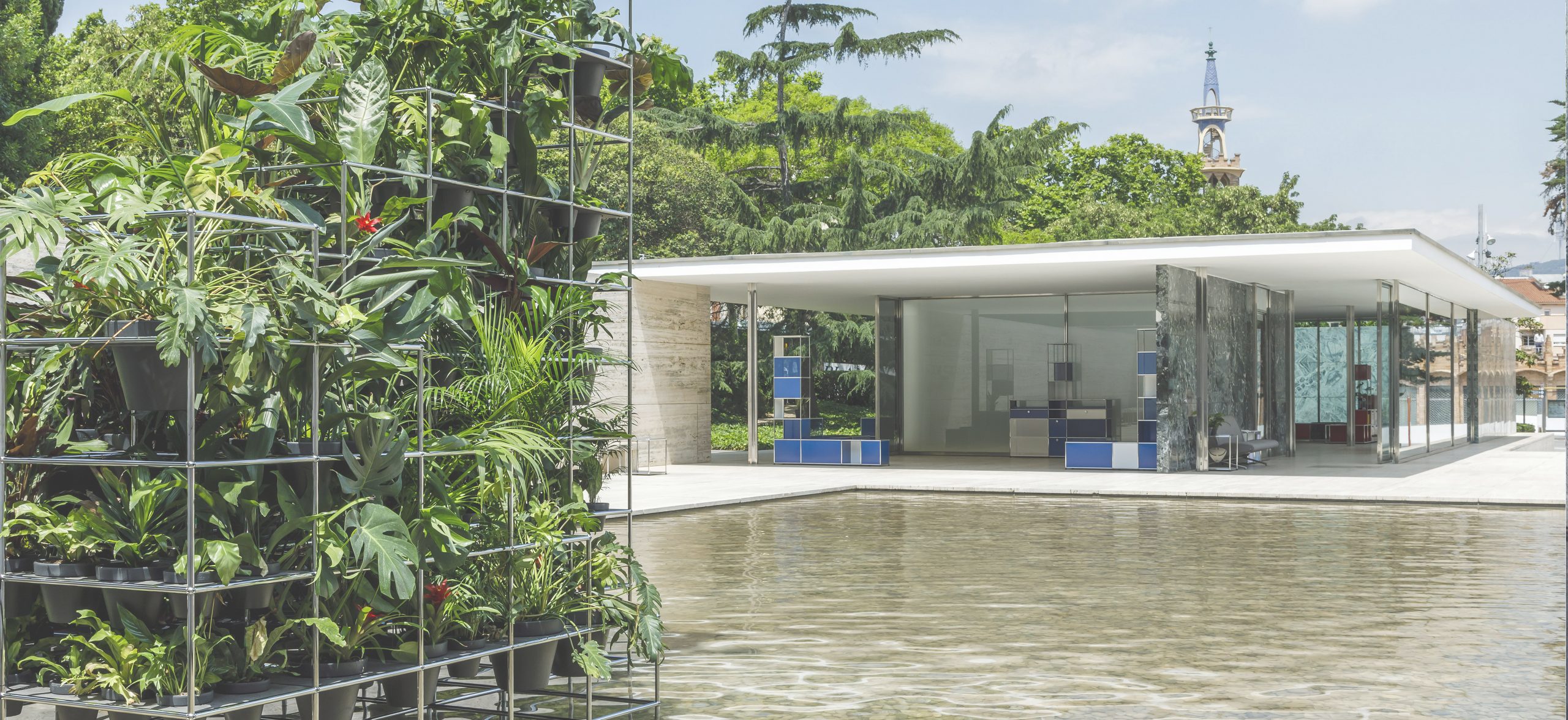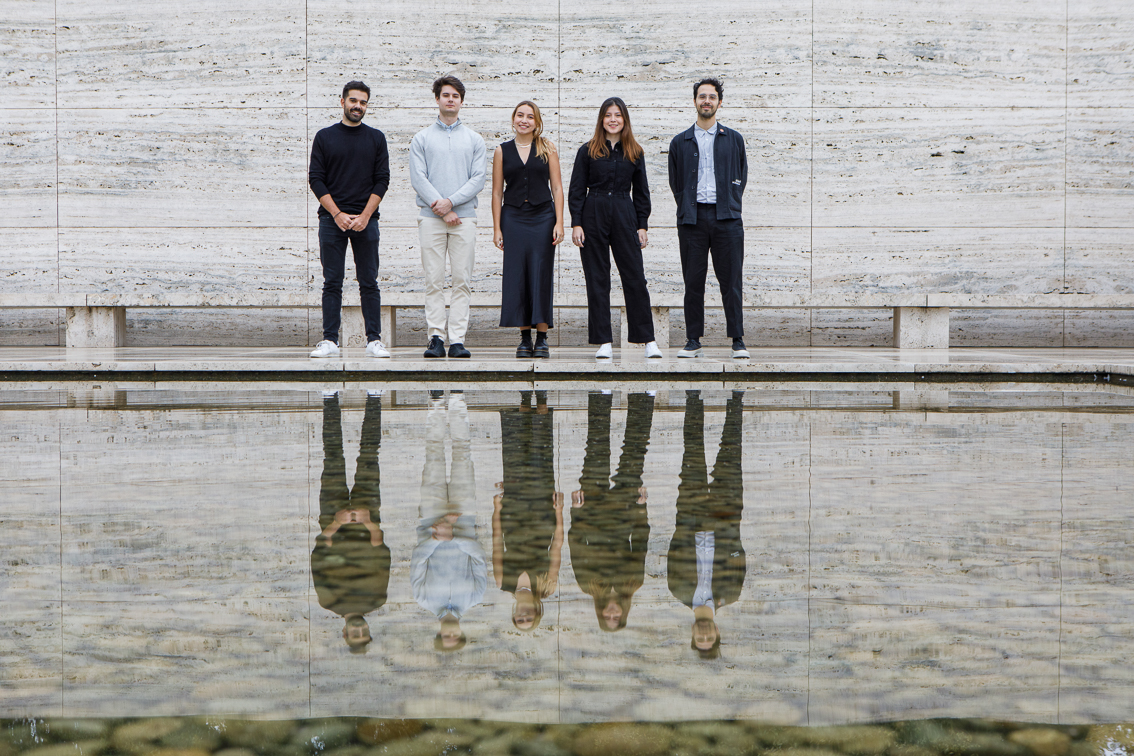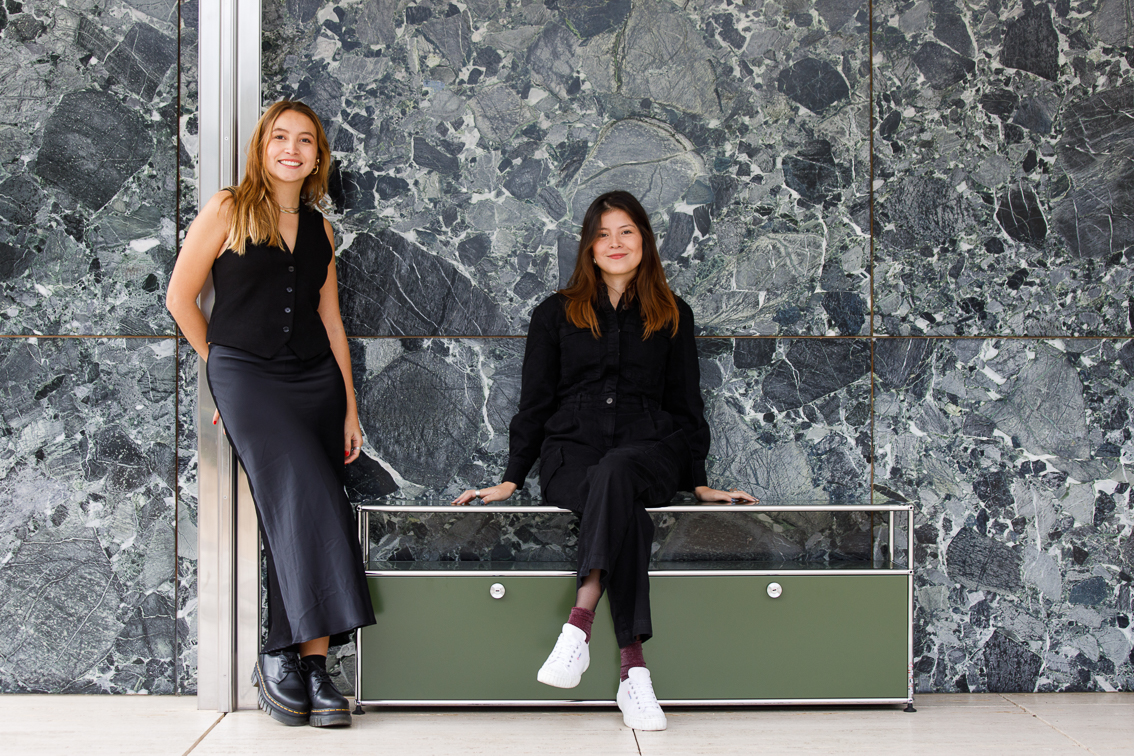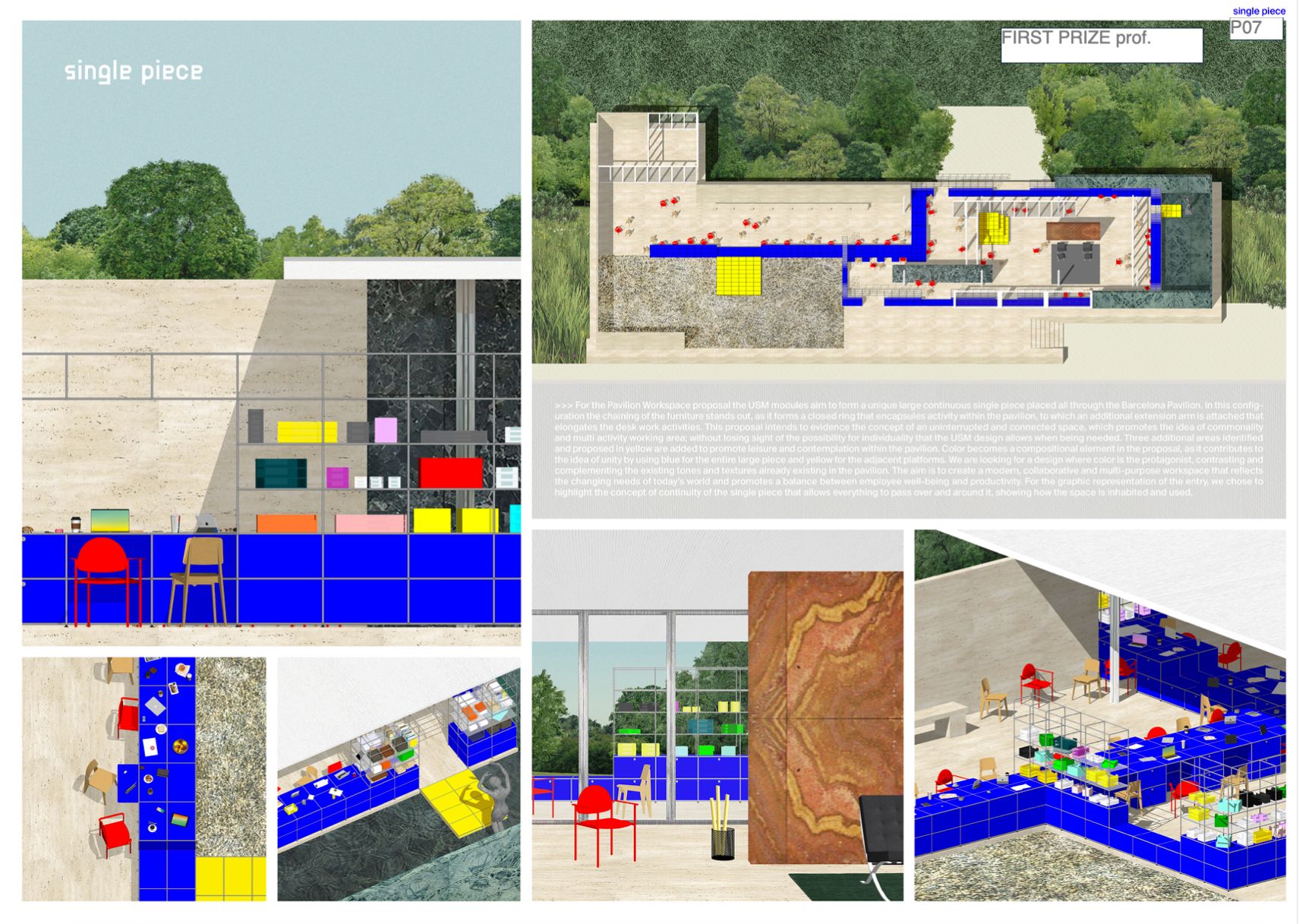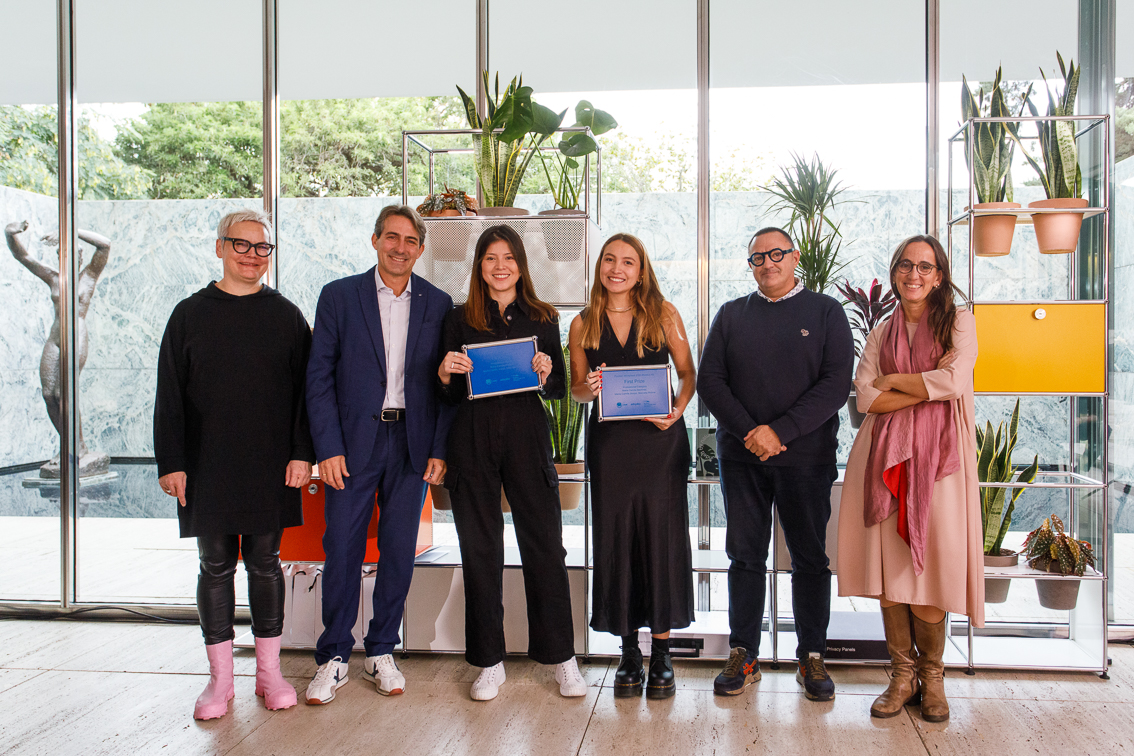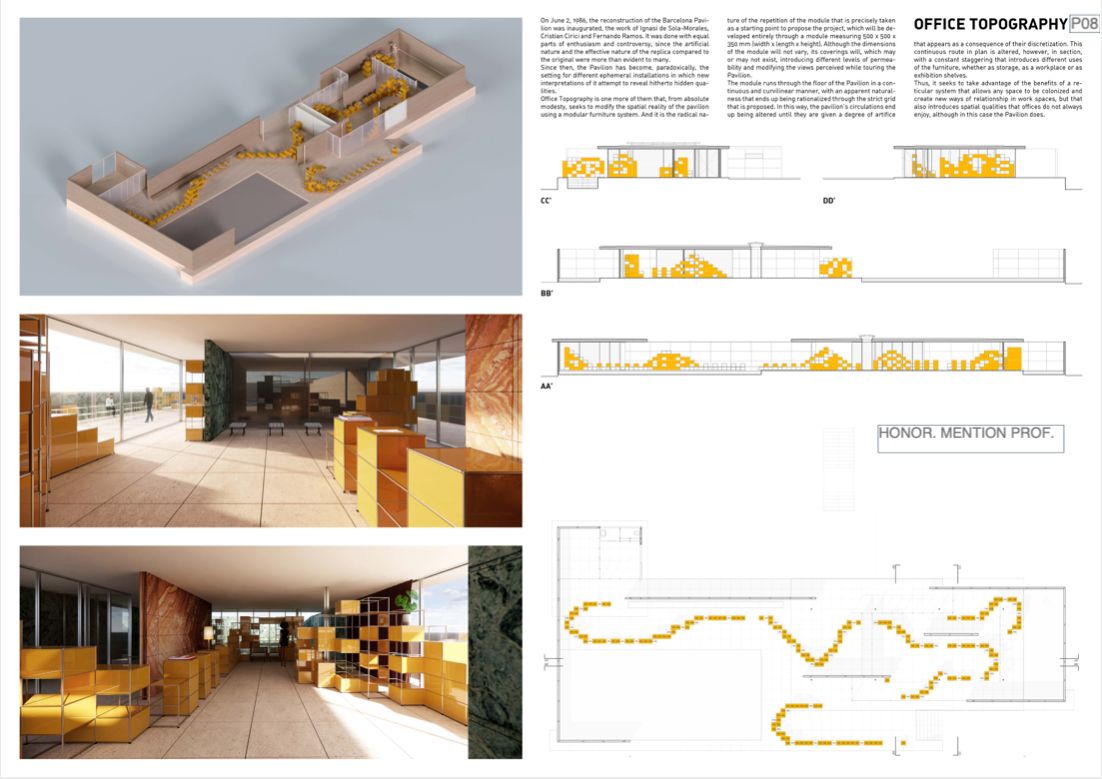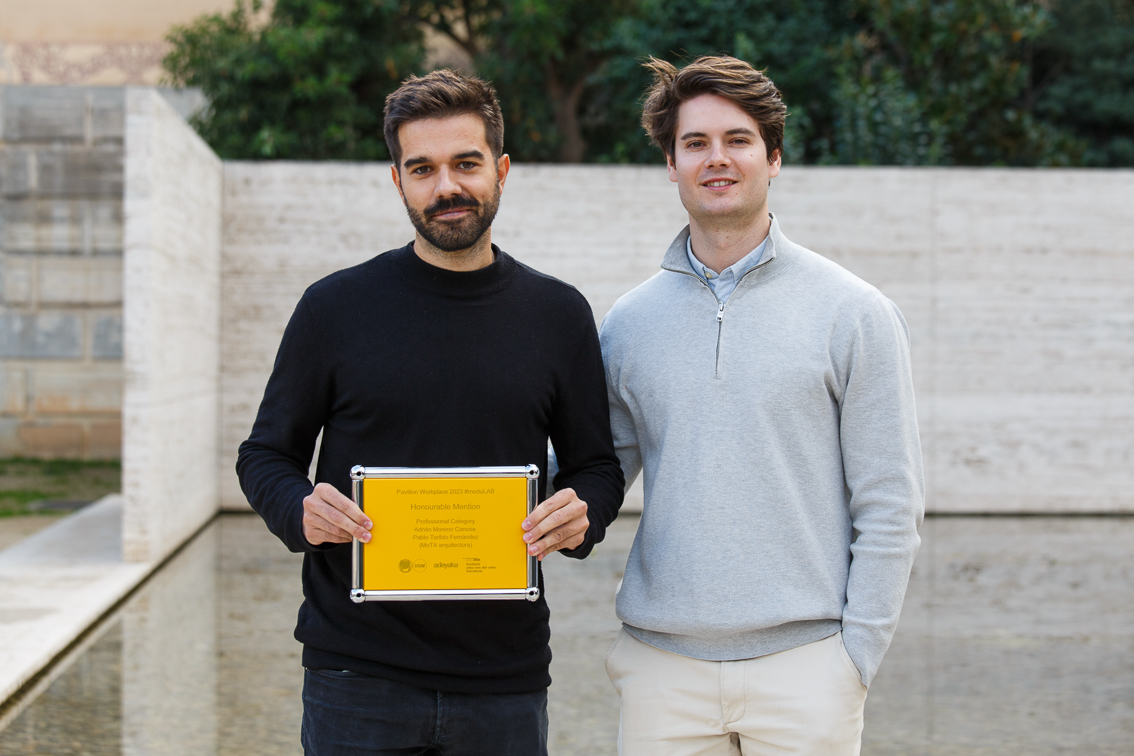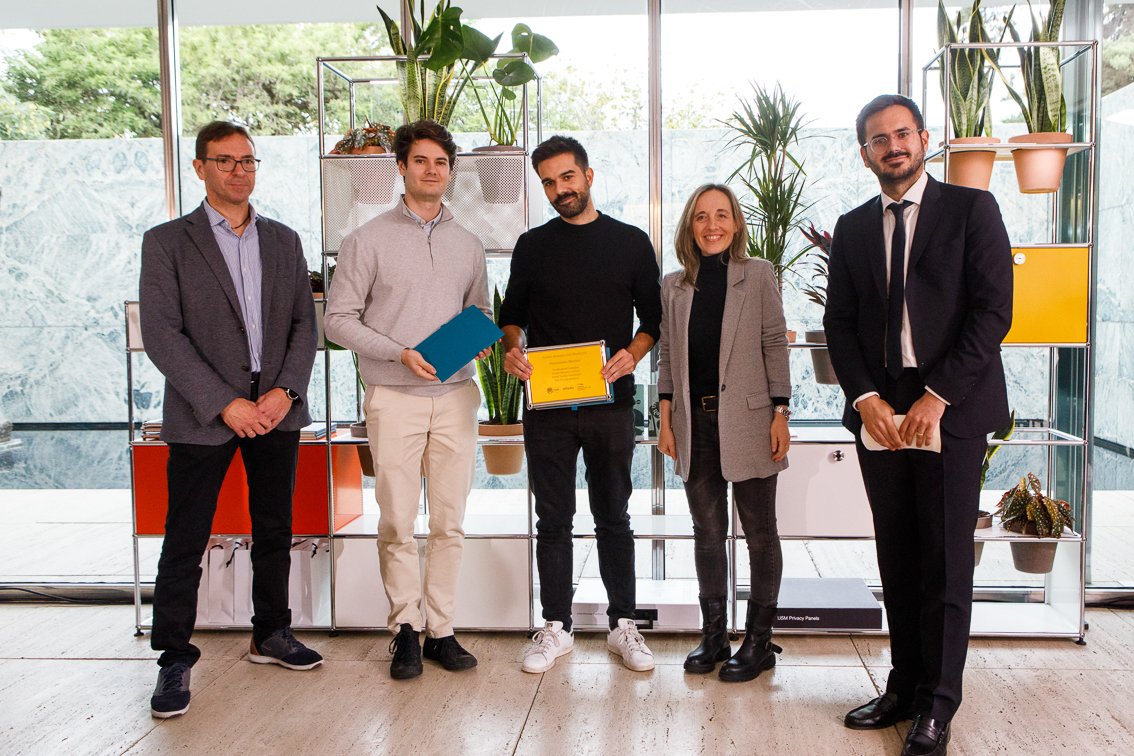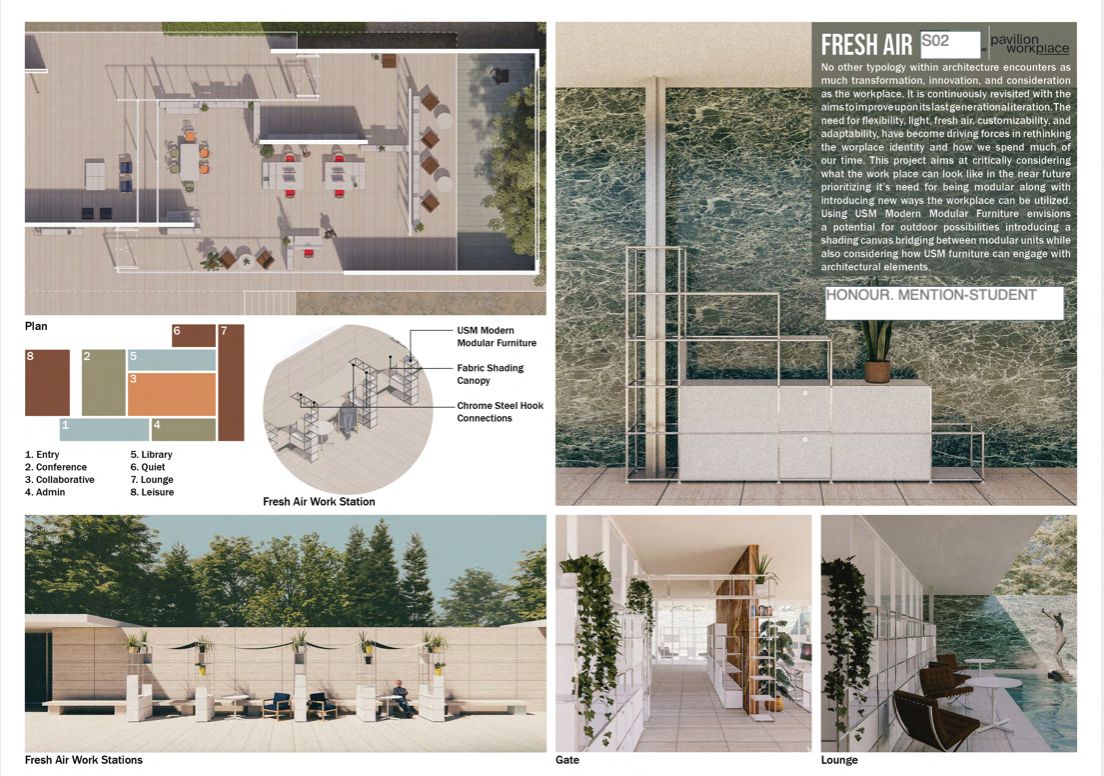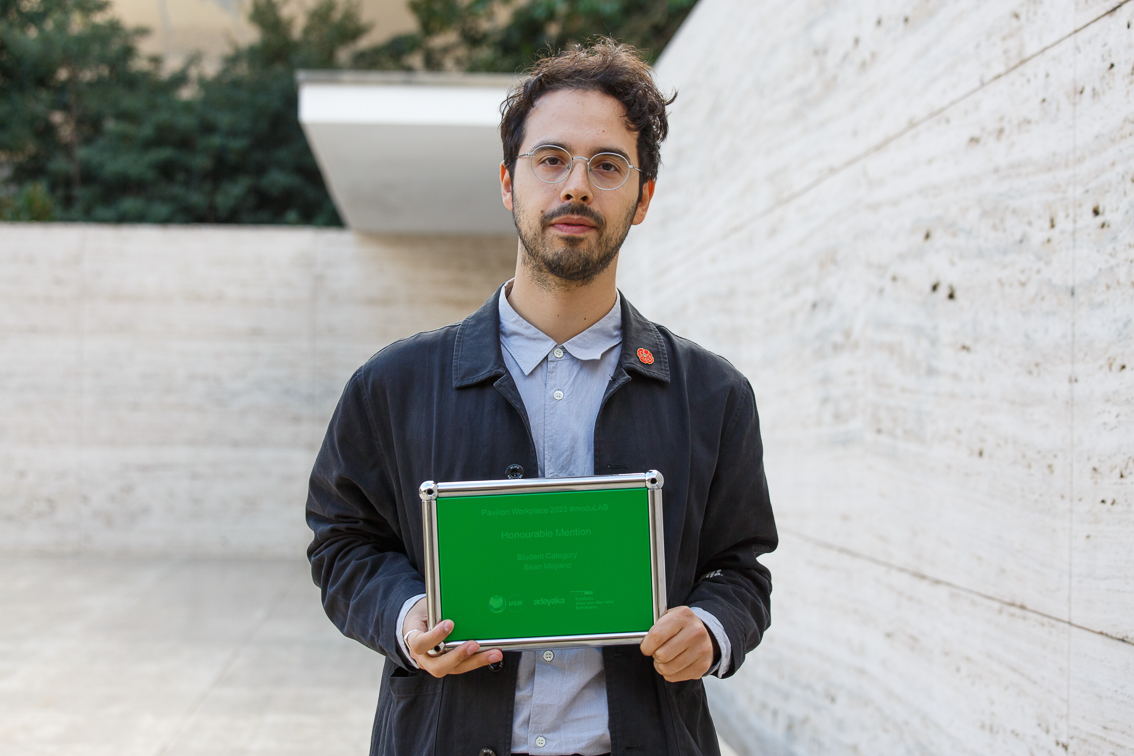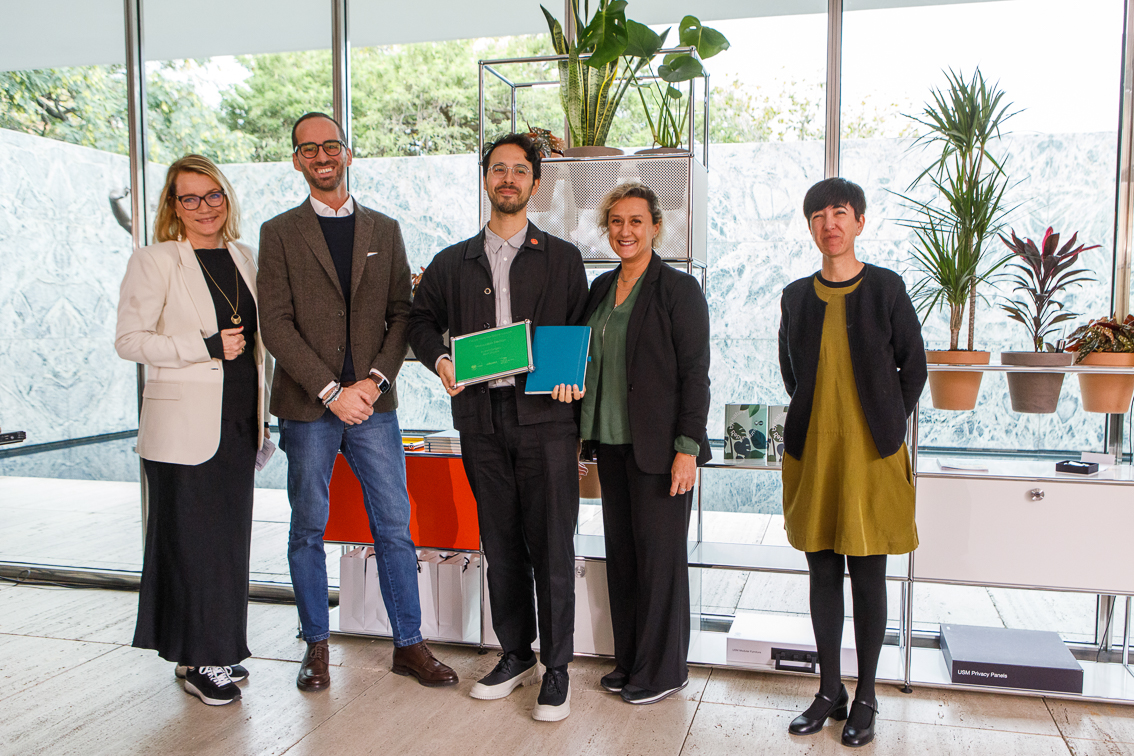the winning proposal was recreated in VR technology and could be watched in video form during the awards ceremony that took place on November 9, 2023 in the mies pavilion in barcelona.
maria camila martínez
manuela molina
winner – professional category
rules
registration
past editions
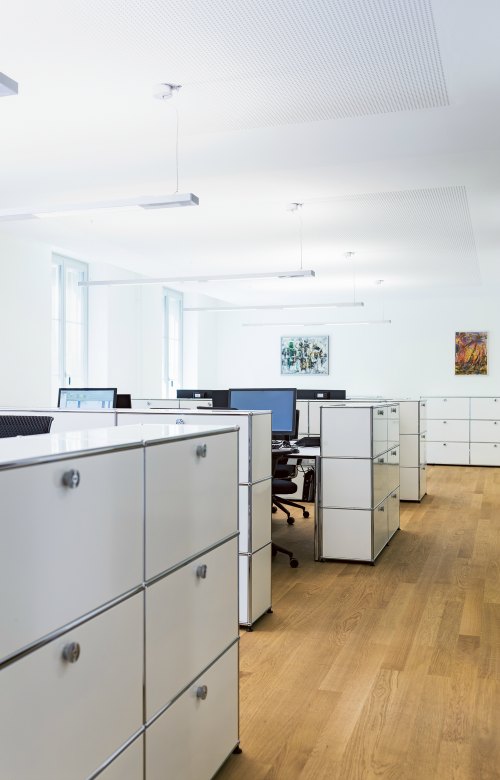
USM
iconic timeless modular design since 1855
Founded in Münsingen, Switzerland, in 1855 by Ulrich Schärer. USM was initially known as a producer of ironmongery utensils and clenches for high quality windows.
In 1961, Paul Schärer, grandson of the founder, decided to reorient the company’s activity and converted USM in a modern industrial company. As a consequence, he hired architect Fritz Haller to design a new building for the firm.
Haller designed a building based on his system Mini/midi/Maxi. A principle of construction with a steel shell for buildings of different sizes. The unique modular architecture inspired Haller and Schärer o create flexible solutions for storage following the same system. In 1963 the modular system became pioneer and acquired international prestige with the name of USM Haller.
Nowadays, UM has more than 400 employees around the world. The headquarters of the company and its production are still in Münsingen. USM is distributed around more than 50 countries through a net of more than 400 qualified dealers.
The shape follows the function. The goal of Schärer and Haller of combining functionality and aesthetics in timeless solutions for home and office, led to modular concepts that captured the essence of the time.
The USM Haller Systems are included in the permanent collection of MoMA in NYC since 2001.

Herman Miller
more than 100 years of commitment and evolution of a world leader
Herman Miller, a businessman from Michigan, bought the Michigan Star Furniture Company with his son in law, D.J. De Pree, in 1923. The company opened its doors on 1905. After buying it, Pree changed its name in honor of his father in law.
By the 20th century, Herman Miller had become a synonym of “modern” furniture. The company produced pieces that became classics of industrial design thanks to George Nelson and Charles and Ray Eames.
Since then, they collaborate with some of the most well known designers in the world, like Alexander Girard, Isamu Noguchi, Robert Propst, Stumpf, Don Chadwick, Ayse Birsel, Studio 7.1, Yves Béhar, Dough Ball and much more.
Nowadays, apart from the classics, Herman Miller is a well known innovator in the furniture of contemporary interiors. A company with headquarters in Zeeland, Michigan. And it has production centers in the US, China, Italy and the UK. Furthermore, it has sales offices, dealers, licensees and clients in more than 100 countries.
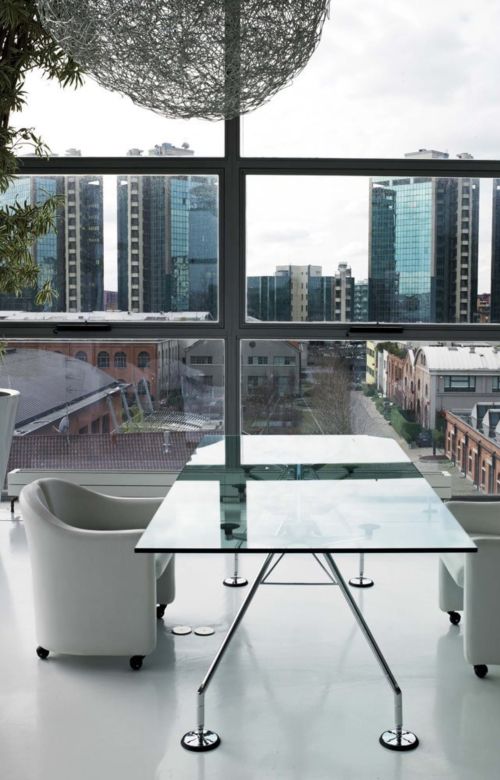
Tecno
harmonious balance between quality, innovation and sophisticated aesthetic value, since 1953
TECNO, an industrial company of furniture fabrication with its own design, was founded by Osvaldo and Fulgencio Borsani in 1953. During the 30s and 40s, Borsani created furniture for big domestic environments and for rich professional studies in Lomabrdía. The first official exposition was in 1954 during the 10th Triennial Exposition of Milan.
The event was crucial for the young company. The exposition held pieces designed by Charles Eames for Herman Miller, Zanuso for Arflex and De Carli for Cassina. But it was the D70 divan by Osvaldo Borsani for Tecno that received the honorific mention.
During the 80s, Tecno renewed strategic relations with extern designers. One of the collaborations was with Norman Foster. Together they designed the Nomos System, created to offer illimited flexibility and design solutions creating truly surprising work places. The hardy Nomos System is recognized as an icon of industrial design and was awarded the “Compasso d’Oro” in 1987.
